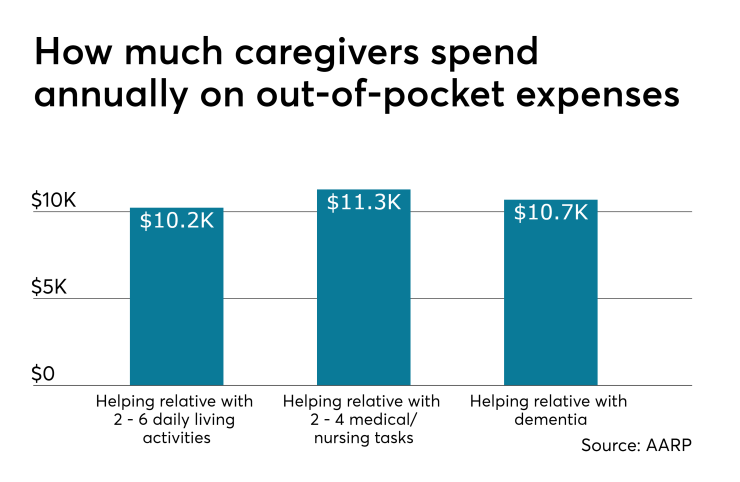Work and home life continues to blend — and employees are increasingly seeking assistance from their employer when it comes to handling personal needs.
This is especially relevant when it comes to employee caregivers — those or may be caring for an elderly relative or a child — and employers need to get a better grasp of how this population will impact their workforce.
Most often, the needs of the individual receiving care is a top priority and employers don’t talk enough about what the caregiver needs themselves. But there are a few things caregivers can do to protect themselves and some things their employer can do to fill some of these needs.
Who are these caregivers? More than half of Generation X workers are caregivers and this number will continue to grow. A full 41% of full-time workers are caregivers, which includes those who provide support for a dependent child, senior or both, according to recent data from a MetLife omnibus survey of 1,000 Americans. Notably, 54% of Gen X (ages 38 to 53) workers serve as a caregiver, and 13% — more than any generation — are serving as a caregiver for a senior.

These numbers are only likely to increase, as an additional 16% of Gen X workers are expected to take on a caregiver role in the next five years, whether taking care of a child or a relative, and 43% of Gen X workers will take on added caregiving on top of their current responsibilities — about half of which will be to take care of a senior.
Why is it important for employers understand the outside-of-work responsibilities of Gen X workers? First, this generation now accounts for a third of the U.S. workforce, or 53 million people, according to Pew Research Center. Further, the workplace has broadly overlooked this generation for the past two decades, instead choosing to fixate on preparing for the waves of baby boomers set to retire and creating a dynamic workplace to attract and retain the influx of millennials.
Meanwhile, Gen X became the least financially secure. MetLife’s 2019 U.S. Employee Benefit Trends study found just 59% of Gen X workers are confident in their finances, compared to two-thirds (67%) of millennials and 65% of boomers.
Additionally, nearly half (48%) of Gen X employees report living paycheck to paycheck, which puts this generation in the danger zone when it comes to preparing for the unexpected. It means that as those who are caregivers, perhaps with sandwich responsibilities, dependent children and an aging loved one, are in an even more precarious situation.
So how can employers support Gen X caregivers? Adding policies to help these employees with their caregiving responsibilities can help employers attract and retain talent in this low unemployment environment.
One thing employers can do is consider offering caregiver leave. Nearly three-quarters (72%) of employed caregivers have had to miss at least one day of work in the last 12 months because of needing to care for dependents, MetLife researchfound. The median number of days employees have missed work in the last 12 months due to their role as a caregiver is four, or nearly one full work week. A dedicated caregiver leave program sends a signal to an organization that not only is flexibility and time off imperative to recharge and reset, so is having the appropriate time to take care of family caregiving needs.
Also, while flexibility in work location and schedule is certainly important to offer employees, particularly caregivers, it is not the only thing employers can or should do for their caregiver populations.
Benefits play a key role in providing the necessary financial support to caregivers, including disability insurance, financial wellness programs and supplemental health offerings such as accident or critical illness insurance. Should a caregiver get sick or injured and become unable to work for a period of time, they could be strained financially to support their dependents and might utilize savings otherwise allocated to cover medical or other associated costs.
The right combination of benefits and experiences can help employees feel more engaged and more cared for — and build the trust that enables them to thrive. Five in 10 employees say better benefits are key to thriving, according to the MetLife study.
Caregivers who are full-time workers can feel like they are always choosing between their professional and personal responsibilities. Employers have an opportunity to differentiate themselves, as well as drive engagement and loyalty among employees by acknowledging the many roles their workers play in and out of the office.





